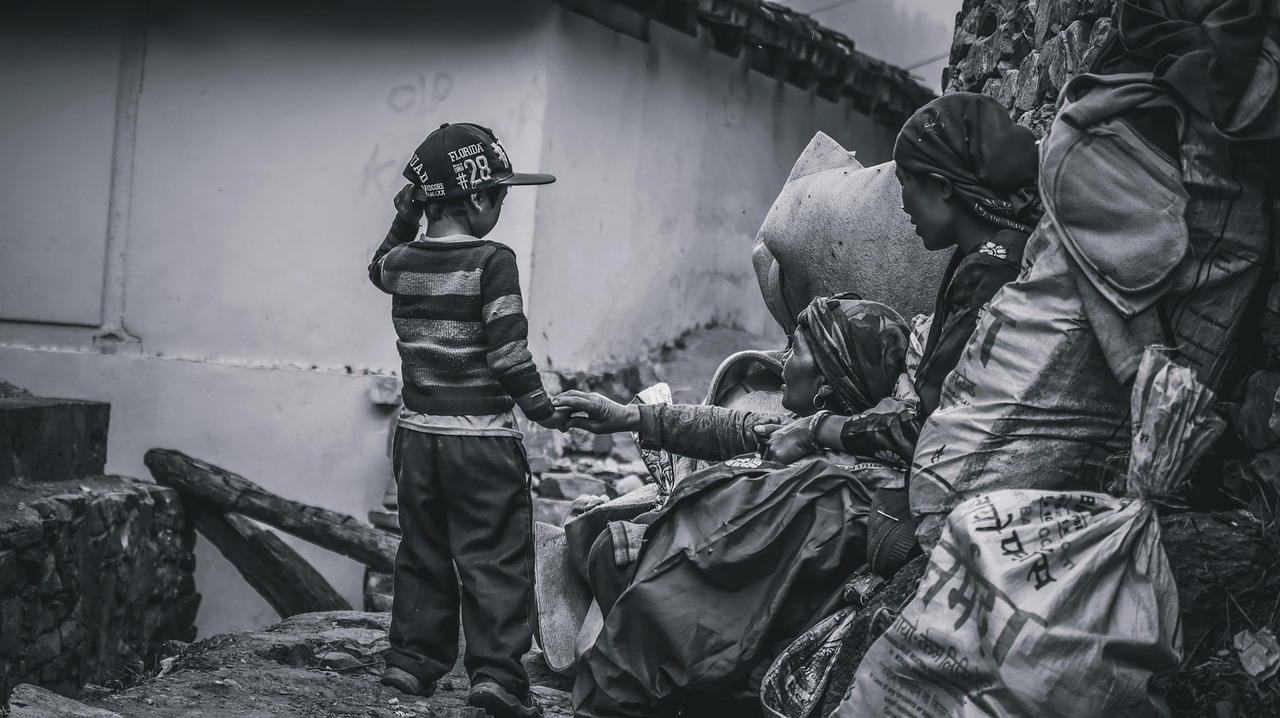Context
Indigenous students, including First Nations and Métis youth, face unique social and economic challenges that negatively impact their academic success and high school graduation rates. Historically, these communities have experienced systemic inequities, including limited access to quality education, socio-economic disparities, and cultural disconnection, resulting in lower graduation rates compared to non-indigenous students. The transition from primary to secondary education, particularly in Grades 6 to 8, is a critical period where students at high risk often disengage from school, leading to higher dropout rates in later years.
Recognizing this gap, the intervention aims to address the root causes of academic disengagement by providing targeted support to students during this crucial stage. By focusing on early intervention, the program seeks to bridge educational disparities and improve long-term outcomes for indigenous students, ensuring they stay engaged in education and ultimately graduate from high school.
Solution
The intervention offers a holistic and culturally responsive approach to addressing the educational challenges faced by high-risk students in Grades 6 to 8, with a particular focus on First Nations and Métis youth. Central to the program is personalized academic support, where students receive tailored assistance aimed at bridging learning gaps and ensuring they stay on track academically. This includes tutoring sessions, after-school programs, and in-class support to help students keep up with their peers. Recognizing the importance of early academic intervention, the program places a strong emphasis on reinforcing core subjects and building the skills necessary for long-term success.
Equally important is the integration of indigenous culture and identity into the learning experience. By incorporating indigenous knowledge, traditions, and languages into the curriculum, the program fosters a sense of cultural pride and belonging among students. Research has shown that when indigenous students feel connected to their heritage, they are more likely to engage positively with education. To complement this cultural dimension, the program pairs students with mentors and counselors from indigenous communities. These mentors not only provide guidance and support but also serve as relatable role models who inspire students to stay committed to their education.
The intervention also prioritizes active engagement with parents and local communities. Through regular communication, workshops, and events, the program seeks to build a partnership between schools and families, ensuring that students receive consistent encouragement both at home and in the classroom. Furthermore, holistic support services are made available to students, addressing non-academic barriers to learning. This includes access to mental health services, nutrition programs, and extracurricular activities that contribute to the overall well-being of students. By addressing both the academic and personal development needs of students, the program creates a supportive environment that promotes sustained educational engagement.
Impact
The primary impact of the intervention is an anticipated increase in high school graduation rates among participating students, with a targeted outcome of 82% graduation, exceeding the minimum threshold of 75%. This improvement in graduation rates reflects the program’s effectiveness in addressing the risk factors that often lead to early school dropout. By engaging students at a critical stage in their academic journey and providing consistent support, the program significantly enhances their chances of completing high school, thereby improving their future prospects.
In addition to improved graduation rates, the program is expected to lead to better academic performance across core subjects. The personalized support provided helps students stay on grade level, reducing the likelihood of falling behind and disengaging from school. This improvement in academic outcomes also increases students' self-confidence and motivation, creating a positive feedback loop that reinforces their commitment to education.
Moreover, the program’s emphasis on cultural integration fosters a deeper connection to indigenous heritage, which plays a crucial role in strengthening students’ sense of identity and belonging. This cultural connection not only enhances their engagement with learning but also empowers them to view education as a pathway to preserving and advancing their communities. As students experience this cultural affirmation, they are more likely to develop a strong sense of purpose and direction in life.
The intervention’s impact extends beyond individual students to families and communities. By involving parents and local leaders in the educational process, the program strengthens the support network surrounding students. This community-driven approach encourages collective responsibility for educational success, which can lead to sustained improvements in graduation rates over time. Ultimately, the program is expected to generate long-term socio-economic benefits by equipping students with the skills and qualifications needed to pursue higher education or meaningful employment. As more students graduate and achieve economic independence, the overall well-being of indigenous communities improves, contributing to greater social equity and long-term development.
Through its multi-faceted approach, this intervention not only addresses immediate educational challenges but also lays the groundwork for systemic change, helping to close the graduation gap between indigenous and non-indigenous populations.












